Missing components of nitrogen cycling budgets across the United States
As a BGS-hosted Lancaster University PhD student, Elizabeth Flint has been working to understand the effects of water supply processes upon macronutrient cycling.
23/09/2022 By BGS Press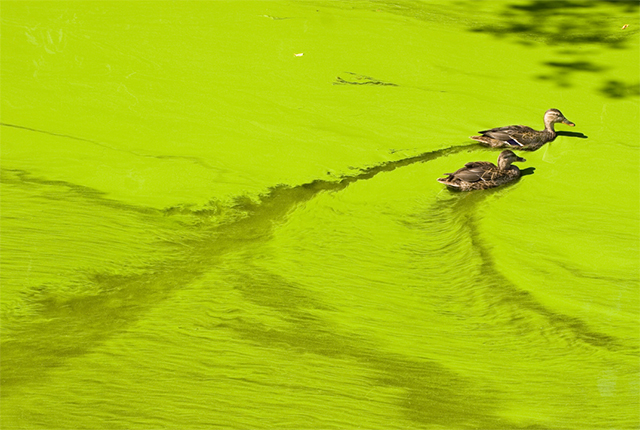
The problem
Human activities such as inefficient nitrogen fertiliser application have led to excess nitrogen concentrations and the continued degradation of coastal and fresh water around the globe (Figure 1). The effects of human activity on the nitrogen cycle are particularly strong across the United States of America, with the production of nitrogen-based fertiliser a major cause of the nutrient pollution that persists across the country. Although the associated environmental degradation is thought to cost the country billions of dollars a year and reducing human-derived nitrogen inputs is vital for restoring a functioning ecosystem, efforts such as those introduced by the Clean Water Act have often resulted in slower than anticipated water-quality improvements. Correctly identifying and estimating all processes that can act as sources or sinks of nitrogen is thought to be an important step in reducing inputs.
The science
The USA has one of the largest freshwater abstraction volumes per capita in the world, with major uses for fresh water including irrigation, thermoelectric power, and public water supply. For this project, we used publicly available datasets on countrywide withdrawal volumes and nitrate (NO3) concentrations for both surface water and groundwater. We found that freshwater abstraction will temporarily retain any associated NO3 in the abstracted water from the aquatic environment.
We estimated the abstraction NO3 flux for the contiguous United States to be 417 kilotons of nitrate nitrogen per year (kt NO3-N yr-1) and found large disparities between county-level abstraction flux estimates (Figure 2). We assessed the significance of the national-level abstraction NO3 flux estimate in the context of pre-existing US nitrogen budgets through comparison to other nitrogen budget components and found our estimate to be equivalent to 57 per cent of total denitrification estimates.
The results
Our research indicates that freshwater abstraction can act as a significant temporary retention mechanism, meaning that it temporarily delays the delivery of nitrogen from the land to the oceans, hence it should be considered when developing nitrogen budgets.
When considering this mechanism, it’s worth noting that leaking US water mains cause an average of 16 per cent of the water initially entering the distribution network to be lost the environment. We used publicly available data to estimate the release of NO3 to the environment in association with this leakage at around 7 kt NO3-N yr-1 (across the contiguous United States). Although this estimate is insignificant to national-level nitrogen cycling, county-level fluxes vary greatly (Figure 3), with the magnitude of the flux having a positive correlation with urbanisation.
The localised significance of leakage-derived NO3 is highlighted by the exceedance of these fluxes over agricultural fertiliser nitrogen inputs across some counties (Figure 4) and suggests that these fluxes should be incorporated alongside abstraction NO3 fluxes within nutrient budgets and considered when developing nutrient-management strategies. Future work should aim to further resolve these fluxes, both across the United States and around the world.
My PhD research
As part of my PhD thesis, I recently published a paper on investigating the effects of freshwater abstractions and mains water supply leakage upon nitrogen cycling across the United States (Flint et al., 2022).
My ongoing research will investigate the potential for both mains water leakage and the use of phosphate-dosed water outdoors at domestic residences to act as sources of phosphorus across the United States. I will also be investigating the potential for the stable oxygen isotope composition of phosphate to identify phosphate-dosed drinking water as a source of phosphorus within the environment and to assess the processes affecting phosphate-dosed drinking water within water and waste-water networks.
Di Lorenzo, P. 2022. usmap: US Maps Including Alaska and Hawaii. Available at: https://CRAN.R-project.org/package=usmap
Flint, E M, Ascott, M J, Gooddy, D C, Stahl, M O, and Surridge, B W J. 2022. Water supply processes are responsible for significant nitrogen fluxes across the United States. Global Biogeochemical Cycles, Vol. 36(9), e2022GB007340. DOI: https://doi.org/10.1029/2022GB007340
Author
Elizabeth Flint (ORCID 0000-0002-5781-2523)
With thanks to my supervisors Matthew Ascott, Daren Gooddy, Ben Surridge and Mason Stahl.
Relative topics
Latest blogs
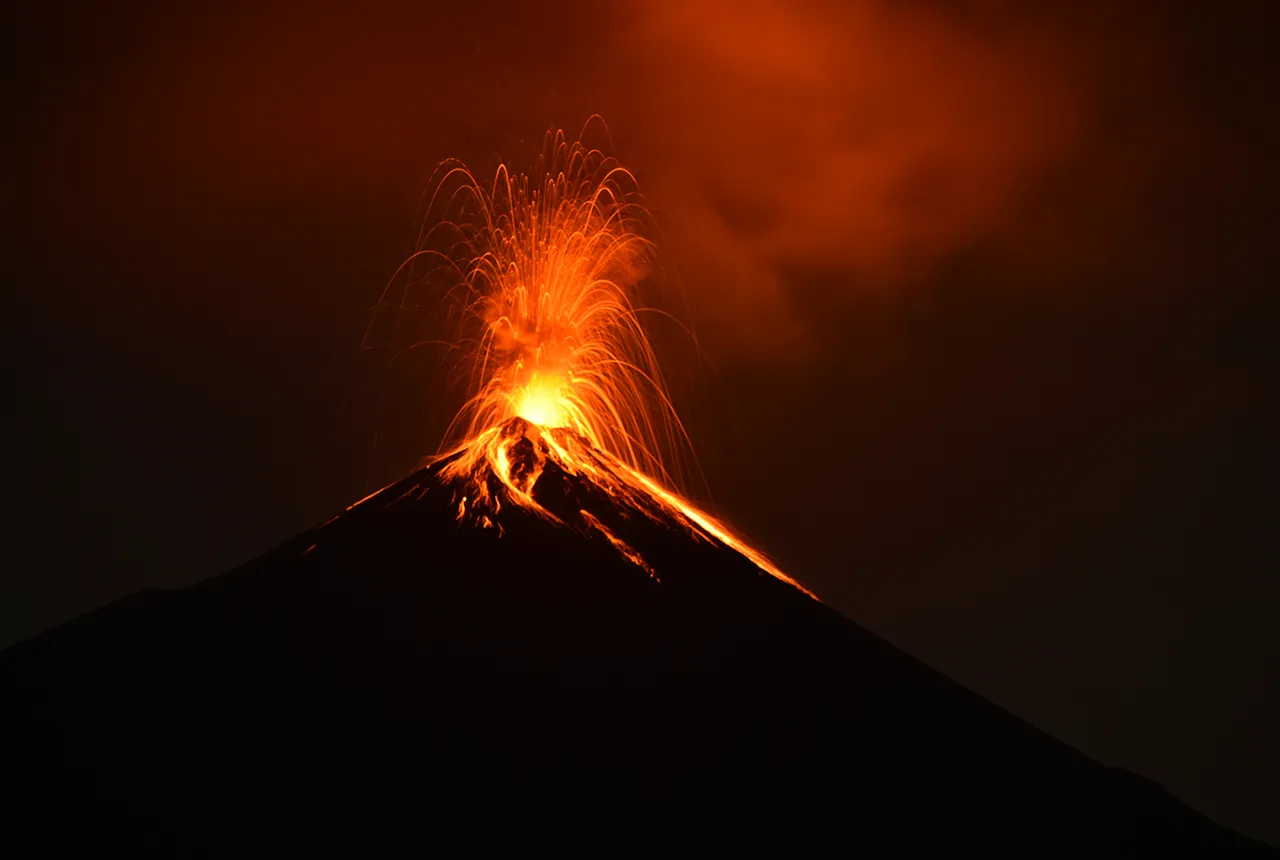
Fieldwork on Volcán de Fuego
13/10/2025
Understanding how one of the world’s most active volcanoes builds up material, and how they collapse to feed hot flows
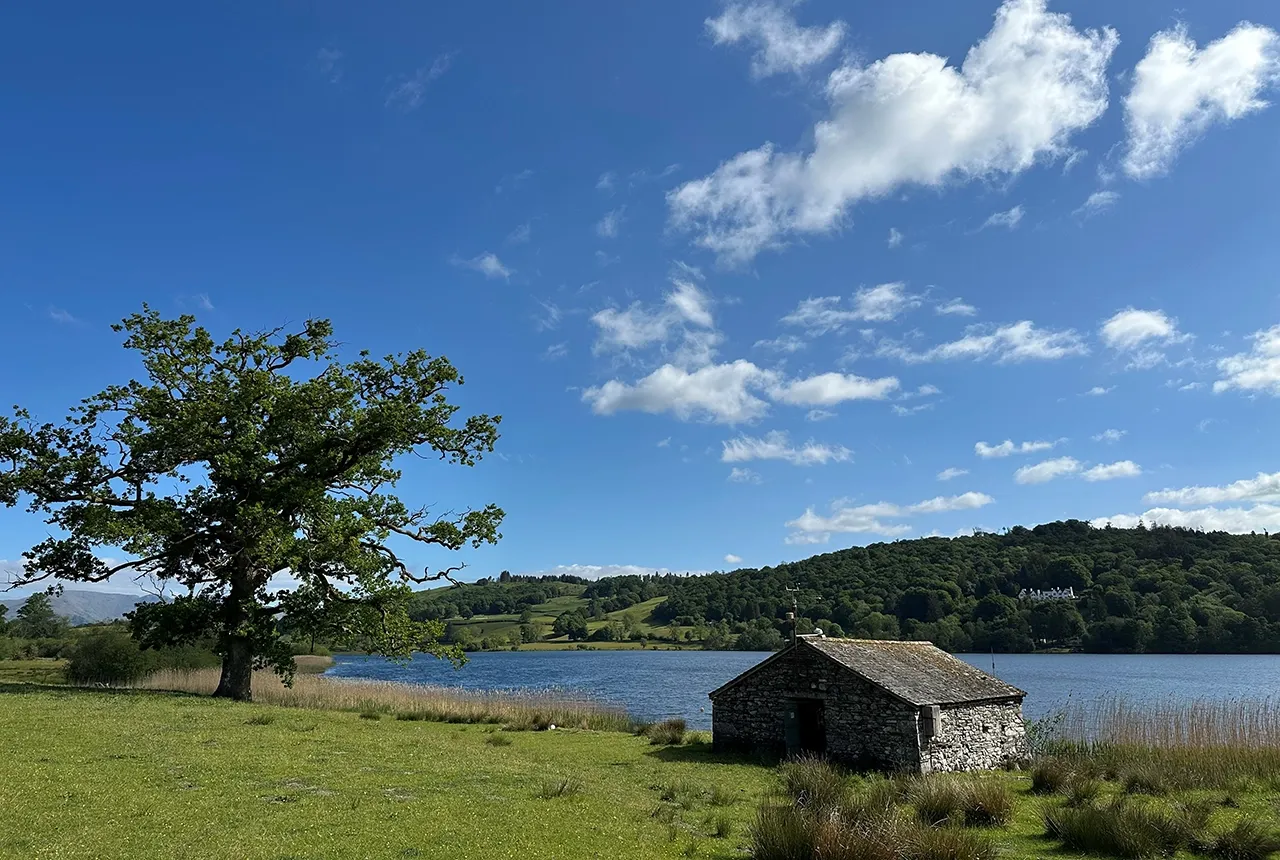
Esthwaite Water: applying novel approaches to understand lake-water nutrient pollution
19/09/2025
Andi Smith (BGS) and Savannah Worne (Loughborough University) embarked on fieldwork in the Lake District, applying a novel stable isotope method for tracing phosphorus sources.

Opening up the geosciences: making work experience more accessible
19/09/2025
BGS has been working with partners to make the geosciences more accessible to young people, including those from under-represented backgrounds.
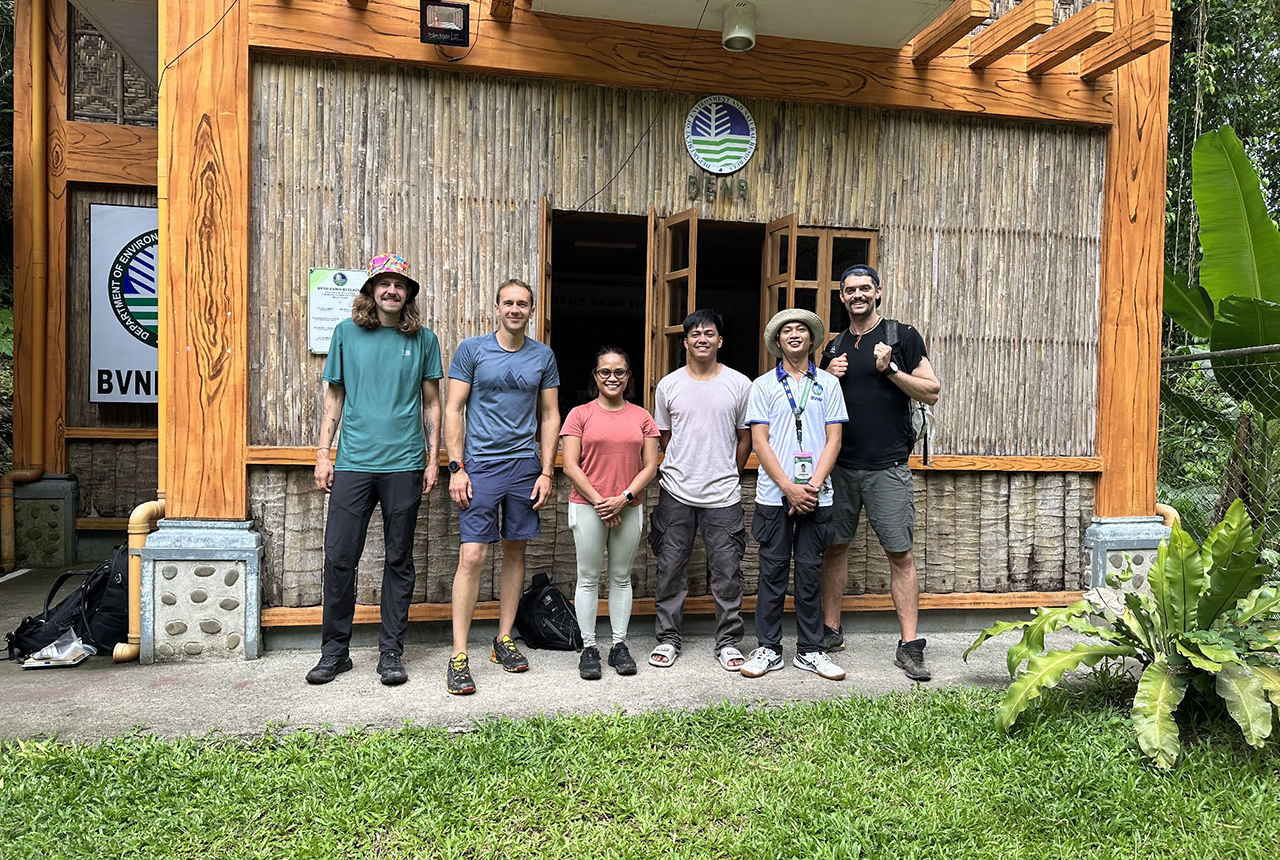
PhD adventures in the Philippines: coring around Lake Bulusan
05/09/2025
Chris Bengt recounts his two-week field trip to Bulusan Volcano Natural Park in the Philippines to collect lake sediment cores, fresh soil and water samples.
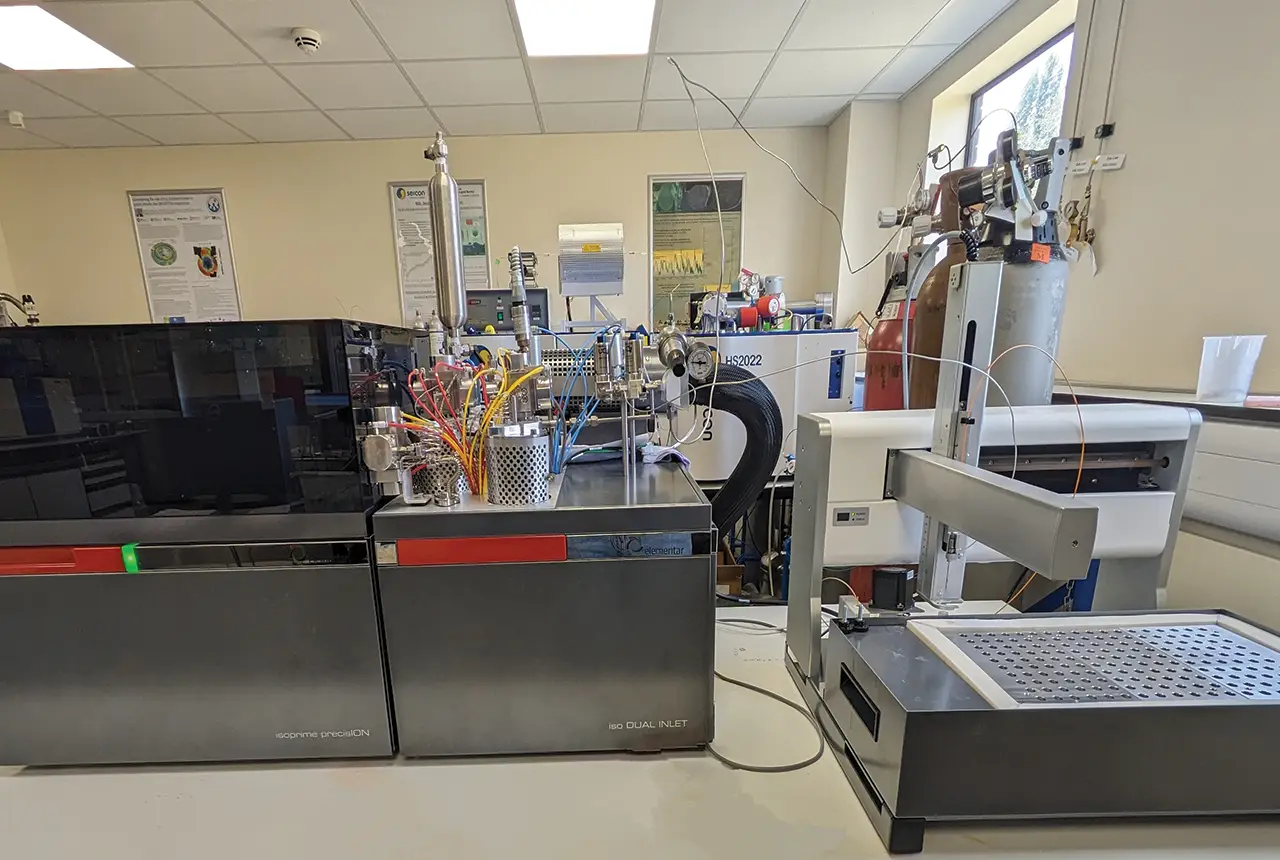
Gemini: a new stable isotope tool
21/08/2025
BGS’s Stable Isotope Facility has new mass spectrometer equipment for analysing carbon and oxygen isotopes from carbonates and water.
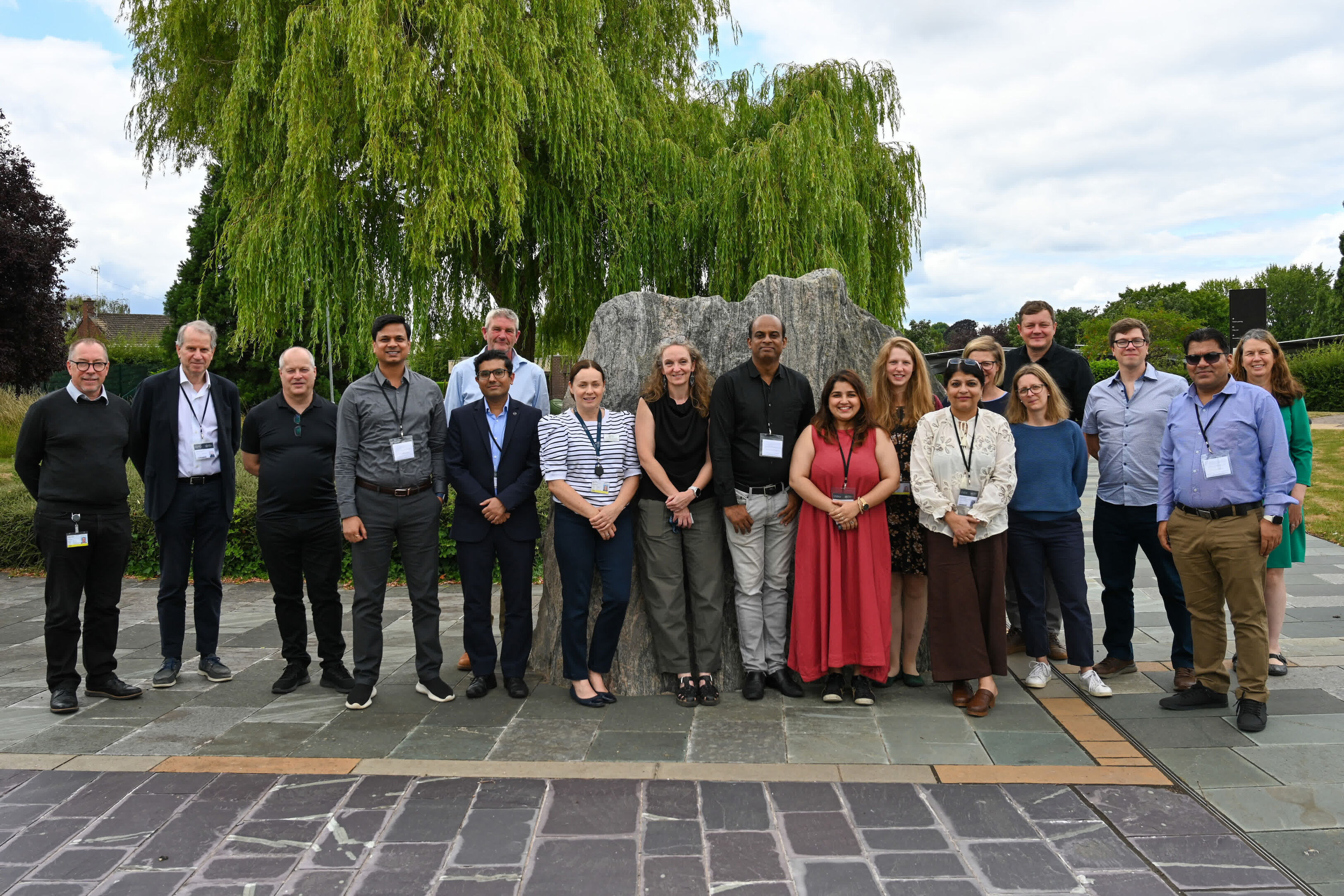
BGS hosts India for ‘deep dive’ on carbon capture and storage
30/07/2025
Some of India’s top scientists visited BGS to explore the UK’s carbon dioxide storage research potential.
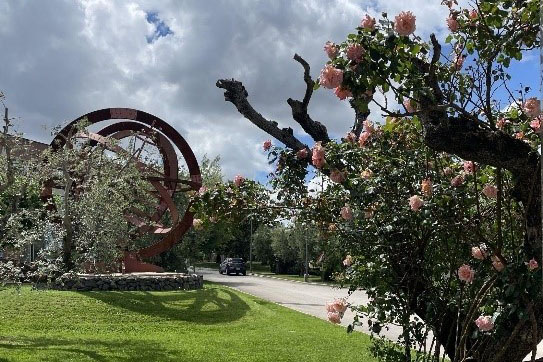
AI and Earth observation: BGS visits the European Space Agency
02/07/2025
The newest artificial intelligence for earth science: how ESA and NASA are using AI to understand our planet.
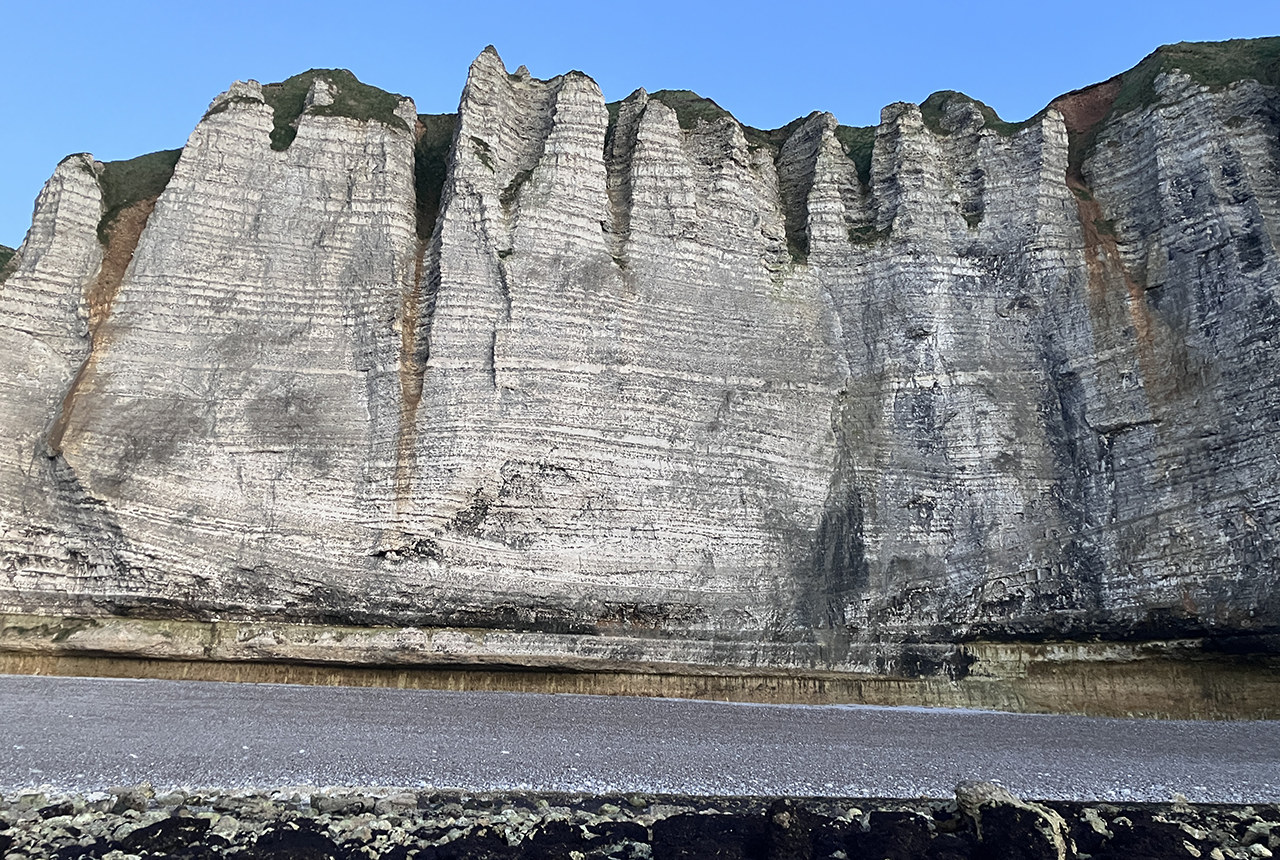
Geology sans frontières
24/04/2025
Geology doesn’t stop at international borders, so BGS is working with neighbouring geological surveys and research institutes to solve common problems with the geology they share.
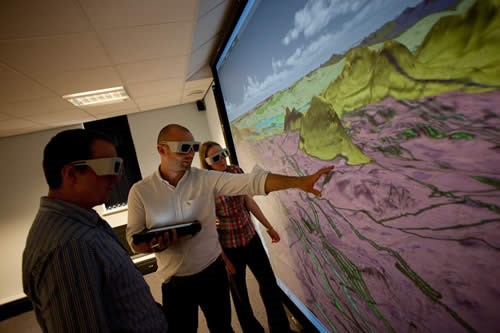
Celebrating 20 years of virtual reality innovation at BGS
08/04/2025
Twenty years after its installation, BGS Visualisation Systems lead Bruce Napier reflects on our cutting-edge virtual reality suite and looks forward to new possibilities.
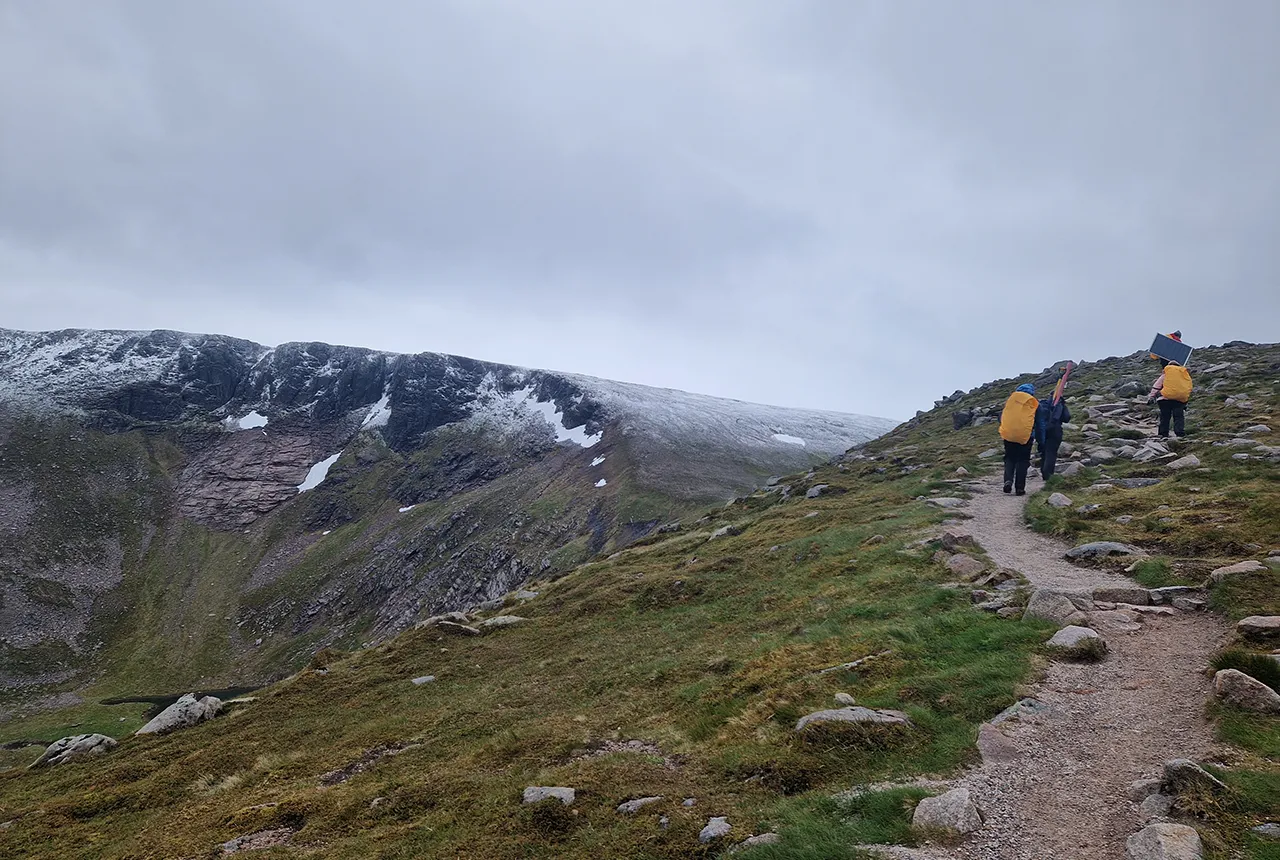
Exploring Scotland’s hidden energy potential with geology and geophysics: fieldwork in the Cairngorms
31/03/2025
BUFI student Innes Campbell discusses his research on Scotland’s radiothermal granites and how a fieldtrip with BGS helped further explore the subject.

Could underground disposal of carbon dioxide help to reduce India’s emissions?
28/01/2025
BGS geologists have partnered with research institutes in India to explore the potential for carbon capture and storage, with an emphasis on storage.
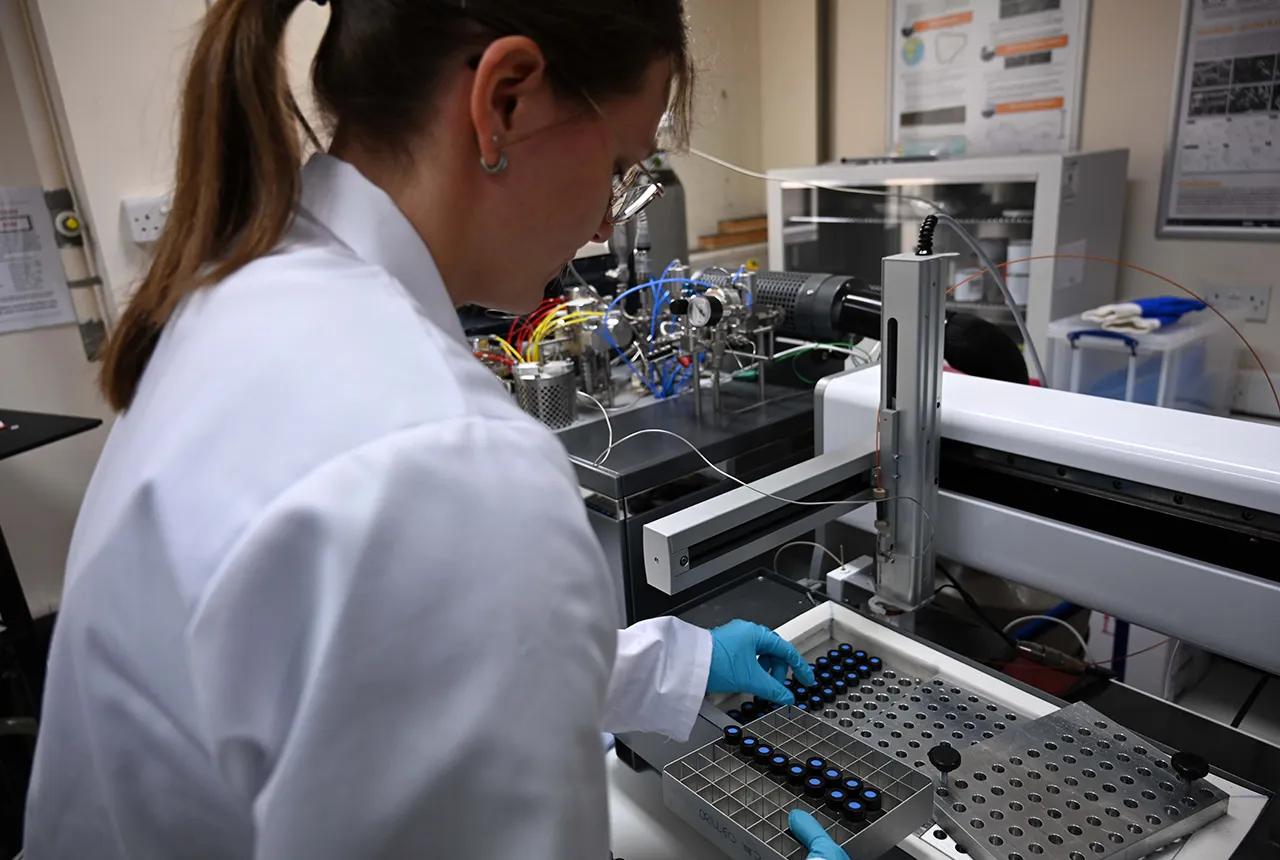
Carbon and oxygen isotope analysis of carbonates and the development of new reference materials
18/12/2024
Dr Charlotte Hipkiss and Kotryna Savickaite explore the importance of standard analysis when testing carbon and oxygen samples.


